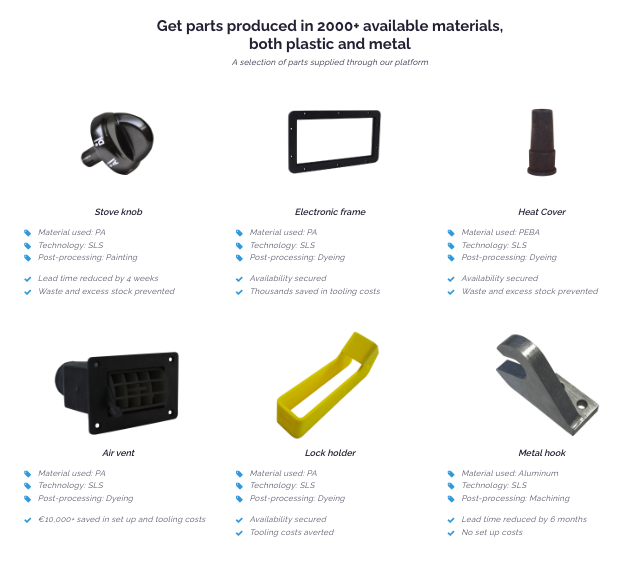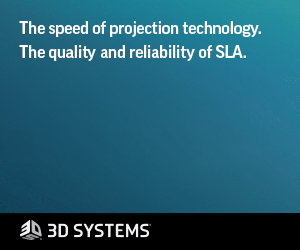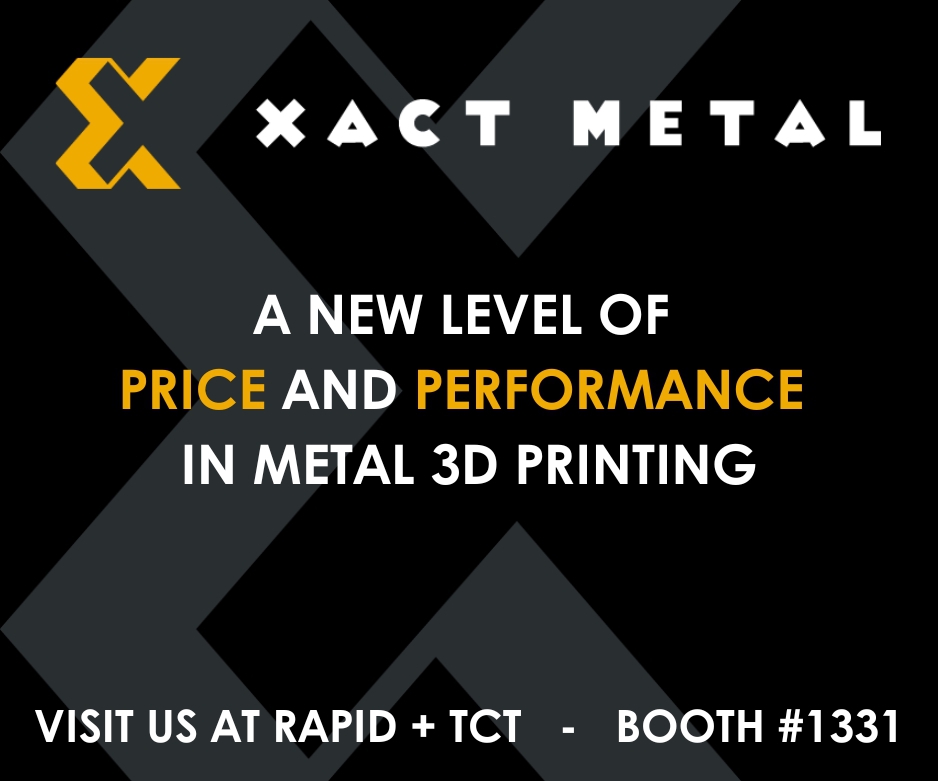Interview: DiManEx Combines, 3D Printing, AI and Analytics to Optimize Your Supply Chain
The additive manufacturing (AM) industry is entering a new growth phase, thanks in large part to government stimulus and new technological advancements. Potentially acting as a killer app for this sector is digital warehousing, a concept that has evolved to encompass a number of different, associated technologies but that essentially leads to 3D printing parts on demand in favor of physical storage.
Among the most established firms in the space is DiManEx, based in the Netherlands. Having been in the sector since 2016, the Dutch company has worked with some of the largest customers on the planet, including Shell, Cargill, Caterpillar and more. To learn about DiManEx, I spoke to CEO Pieter Ruijssenaars.
Digitizing Supply Chains
Unlike many of the AM firms that began pre-COVID, DiManEx was established with supply chains in mind. The founding team comes from the world of distribution networks and, in turn, the company’s customers are international businesses that stock parts in various locations and transport them around the world.
“We started DiManEx to improve performance in supply chains, but, even more importantly, to reduce waste,” Ruijssenaars said. “In our world, traditional supply chains are very time-consuming, ineffective, inefficient, polluting and more and more at risk. They’re not good for the environment. But, if you apply digitization and AM in a proper way, you can save a lot of time, money, and waste.”
To achieve this goal, the platform-based service relies on three elements: analytics, digitization, and engineering/3D printing all connected in an automated workflow. With most clients typically warehousing in the ballpark of one to five million SKUs, DiManEx first helps them identify components that are not just eligible for AM but actually justify the business case for 3D printing. Once that is accomplished, the platform performs 3D file conversion via DiManEx partners contracted and onboarded onto the DiManEx platform. Finally, the parts are printed using over 3,000 materials and 45 technologies at the point closest to the point of use. Ruijssenaars explained how it works:
“We use AI in our analytics for part selection. Identifying parts eligible for 3D printing and/or redesign for 3D printing. That is done based on technical and commercial data of the parts e.g. dimension, material, weight, minimum order quantities, stock keeping cost, transport cost, capital cost etc. Each new customer providing data with similar parts will get a higher ranking in terms of printability eligibility. After that, our platform and algorithm ensure that if a customer defines the requirements and specifications for a part, it will select the appropriate material and technology combination as well as the best AM service provider (AM SP) to print the part to meet the quality requirements defined by our customers.
“Sometimes, there’s human intervention to select the right partner for production because these are high-quality, functional parts used in critical applications like trains. We prioritize quality over proximity, meaning if a nearby AM SP cannot meet our quality standards, we would prefer to transport the part from a farther location to ensure quality. Quality is always key, and while our platform handles most of the selection process, human oversight can sometimes overrule the choice of partner to maintain high standards.”

Business Analytics
As DiManEx continues to grow, the company has applied more of its resources to analytics. Naturally, this includes quantifying the economic benefits (time and money) of AM for supply chains. On top of that, the analytics provide valuable insights into design for AM (DfAM) potential and benefits, as well as the sustainability effects of using 3D printing.

For instance, DiManEx identifies in bulk parts that are eligible for redesign and calculates how much can be saved in terms of material and production costs. The platform can also quantify the production cost savings for the service lifetime of the parts, allowing the company to make the business case for cost over the next 10 to 20 years. This can all be combined with the overall environmental impact that 3D printing a given part can have over physically storing traditionally made parts.
“We’ve kept investing heavily in the intelligence of our analytics. But also in further development of partners that we work with. One partner we work with develops software to extract data from PDFs, which is provided to us so we can assess the printability and give that data back to the customer. There are other partners with other niche elements that we’ve linked to our proposition,” Ruijssenaars said.
In addition, DiManEx is working towards integrating with the top software partners integrating its solution into software tools used for design and engineering, such as Autodesk, ANSYS, Dassault, nTop and more. Once the potential of DfAM is identified and quantified through the analytics software, users can immediately work on the part in the (generative) design, simulation and validation software of DiManEx’s partners.
Don’t Talk about AM
Examining DiManEx, it becomes clear that it really is an end-to-end solution for digital warehousing in which analytics and the business side of AM application is at the heart and a unique asset. Some firms, like Castor or 3YOURMIND, may offer technology for identifying parts suitable for 3D printing, while others enable data analytics or DfAM. And, of course, there are numerous service provider networks, such as Xometry and MakerVerse. By offering everything one would need to execute a digital inventory strategy, DiManEx differentiates itself from the pack.

However, it isn’t only the platform-based service that is set apart from the rest. The thinking behind DiManEx also suggests a broader view of the AM sector. For instance, Ruijssenaars, alongside people like Greg Hayes at EOS and AJ Sandquist at Würth Additive, is among the few in the industry who has been advocating for shifting focus away from 3D printing as a technology and instead toward solving specific business problems.
“We need to stop talking about whether more parts are 3D printed or not. Stop mentioning AM. The more we emphasize it in the industry, the more people see it as new and requiring scrutiny. For simple parts, if you don’t tell a customer it’s printed and just say, ‘Here’s the part, use it,’ it will speed up AM adoption and scaling,” Ruijssenaars said.
“I think the industry made a mistake in the first five years of AM by only focusing on critical, highly exotic, and special parts. By doing so, we only proved the technology’s capabilities without considering the business aspect. I think the industry needs to explore ‘dumb parts,’ meaning very simple parts. Why? Because printing these simple parts locally in the quantity and at the time needed solves many supply chain headaches, eliminating the need for stockpiling, and reduces economic and ecological wase in supply chains. Proving we can print exotic parts doesn’t solve business problems; it only shows we can print the part.”
For that reason, the DiManEx team thinks in terms of solving problems and meeting customer needs and, as a supply chain focused company, “dumb parts” often address a critical need in ways that more complex components might not.
“Our business problem is supply chain management. Start with simple parts. As customers become more accustomed to AM and build trust and confidence in both us and the technology, we can gradually move into more critical areas requiring more validation and certification, but we start with the simple stuff,” Ruijssenaars concluded.
This mindset is one that seems to be pervading the industry more and more, particularly as 3D printing is proposed as a solution to supply chain disruptions. And, while advanced technologies may be key to gaining market share, in the end, it may be the thinking behind those technologies that win the day.
Subscribe to Our Email Newsletter
Stay up-to-date on all the latest news from the 3D printing industry and receive information and offers from third party vendors.
You May Also Like
Powering the Future: EOS’s Fabian Alefeld on Additive Manufacturing
In the world of 3D printing, innovation is a constant. However, the industry faces a complex landscape marked by opportunities and challenges. In 2023, the global 3D printing market totaled...
3D Printing Webinar and Event Roundup: May 26, 2024
In the weekly 3D Printing Webinar and Event Roundup, ASTM’s AMCOE concludes its professional certificate course, while Solid Print3D will offer a masterclass on Form 4 materials. If you’re in...
ISRO Successfully Tests 3D-Printed Liquid Rocket Engine for 665 Seconds
On May 9, 2024, the Indian Space Research Organization (ISRO) successfully conducted a long-duration hot test of a 3D printed liquid rocket engine. The tested engine, known as PS4, is...
Printing Money Episode 17: Recent 3D Printing Deals, with Alex Kingsbury
Printing Money is back with Episode 17! Our host, NewCap Partners‘ Danny Piper, is joined by Alex Kingsbury for this episode, so you can prepare yourself for smart coverage laced...



































